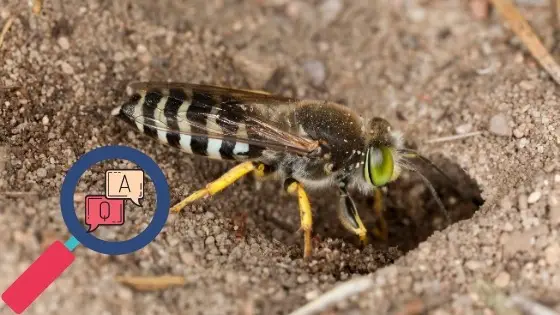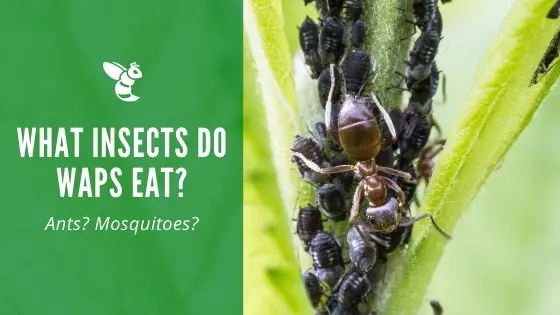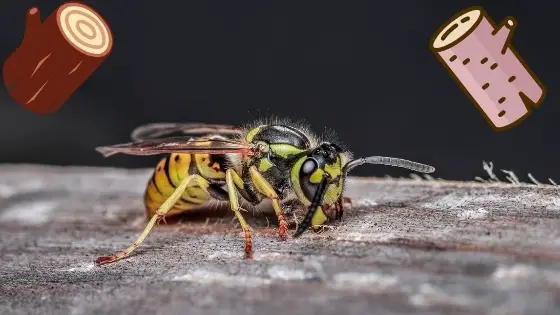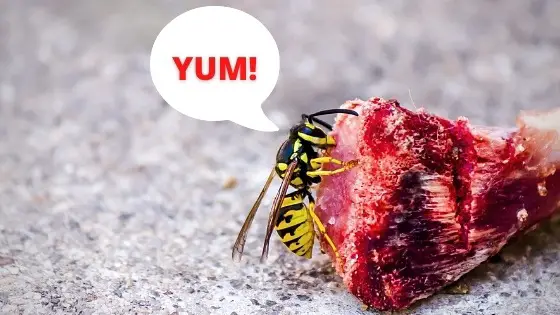Sand Wasp Identification Facts & FAQs

Not as well known as other hornets and bees that live in the ground, the sand wasp is part of the digger wasp group. Their behavior is quite different. They don’t care much about humans and what we’re doing. They’re constantly searching for any kind of live insect that they can kill and bring back to their nest for the larvae there.
Have you noticed a sand wasp around your home or property? You may not even know what to look for if you’re not familiar with this insect.
What are Sand Wasps?
The most common sand wasp in the United States is the Bemix genus. With black, white, or yellow markings, you’ll notice that they have huge eyes that look similar to a housefly. You won’t hear them buzzing around much. They fly directly from one location to the next.
If you have a sand wasp problem on your property, it should be pretty easy to address. Because of the sand wasp’s solitary behavior, you’re not going to come across a large colony with an ever-expanding nest structure that is dangerous to remove on your own. You may be dealing with just a few sand wasps at a time.
How do San Wasps Build Nests?
The female sand wasp that is fertile will dig her very own nest. This consists of a small tunnel that has an opening at each end. She will lay up to twenty eggs in this space. Unlike other types of wasps, there aren’t workers that are responsible for feeding the larvae.
The female wasp will go find food for her offspring on her own. She’ll be busy coming and going from the nest. Larvae can consume as many as 20 insects over a couple of weeks.
Sand wasps don’t have a colony that they share, but you can often find them building nests in one another’s general area. The area that they are making their nests in can span over several feet wide. Their mandibles and front legs are the body parts that are used for construction. They also use their mouth to chip away at any large chunks of dirt that are in their way.
What Do Sand Wasps Eat?
The nest is designed to allow the female sand wasp to trap their prey in the nest so the larvae can consume it. The cell can close up around the larvae and the prey for optimal feeding, much like the mud dauber wasp. The female sand wasp will feed off the nectar of flowers to sustain herself. She will find insects such as caterpillars, flies, beetles, crickets, cicadas, and grasshoppers to feed to her larvae.
Do Sand Wasps Sting?
Sand wasps aren’t very social, and they’re not a very aggressive type of wasp. They will rarely come near a human, and you won’t find many people getting stung by them. They will defend their nest if you are threatening it while they’re nearby. They’re more likely to try and get away from you.
If you are moving around near their location, sand wasps can dig a small hole into the ground and go hide there. It only takes them seconds to hide out of sight. Of course, the ground has to be soft enough in that specific area to use this hiding method.
How to Get Rid of Sand Wasps
Sand wasps have their place on your property, so you may want to consider leaving them alone. They can catch several insects that may be infiltrating some of your beloved plants and landscape items. Some of their favorites are stink bugs, flies, and caterpillars. They can grab some of these insects right out of the air as they are flying.
You could have a sand wasp nest on your property right now and not even know it. They will go about their business in a very private manner, but you may feel a need to establish your territory if they’re getting too close. A sand wasp nest in a sandbox isn’t something you want to leave alone. The same goes for a garden.
Luckily, sand wasps will get the hint pretty quick and move on to their next location. If you want to preserve them, you can cover their nesting area with a large tarp that they cannot get through. This will force them to begin moving to another more accessible area.
Diatomaceous earth is also useful for getting rid of sand wasps. Sprinkle them in the holes where you see them passing through, and you can spread it around the surrounding area.
Wasps are beneficial, so it’s recommended that you leave them alone, if at all possible. If you’re going to remove them, be careful with how you proceed. Natural repellents can be used to coerce them to move on.
You can also use more potent insecticide treatments to kill them. Make sure you’re using something safe in the area where the nest is located if you have children and pets nearby.




